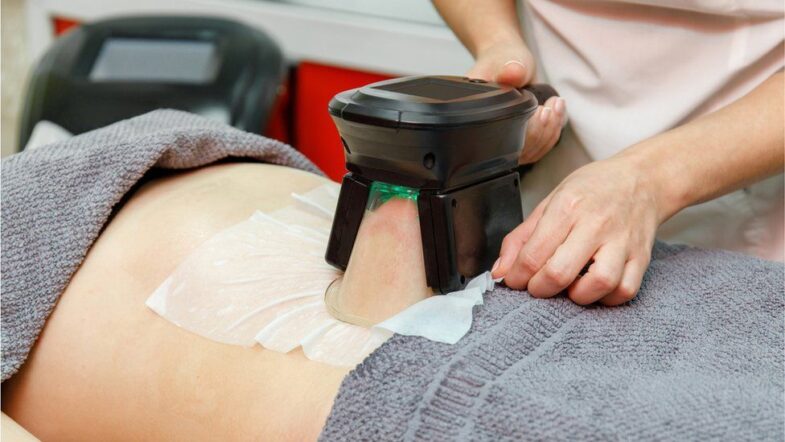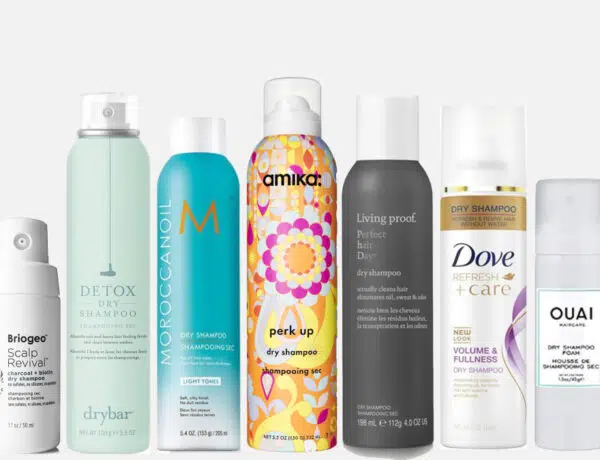Fat freezing, also known as cryolipolysis, is a non-invasive cosmetic treatment that has become increasingly popular in recent years. The procedure involves using a device to freeze and destroy fat cells in targeted areas of the body. While many people have seen positive results from fat cooling, there are also several myths and misconceptions surrounding the procedure. In this article, we will explore the question of whether fat cooling works and separate fact from fiction.
How Fat Freezing Works
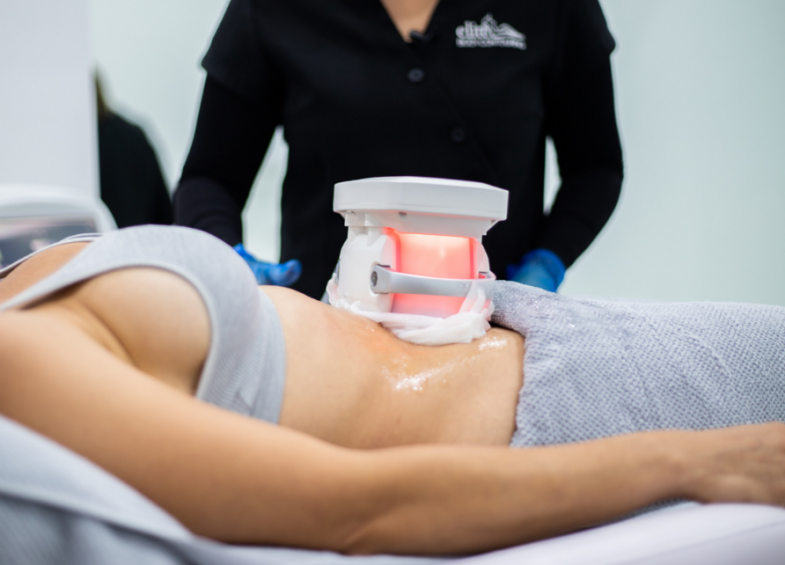
Source: elitebodycontouring.com.au
Fat freezing, also known as cryolipolysis, is a non-invasive cosmetic treatment that uses controlled cooling to destroy cells in targeted areas of the body. For those in Sydney looking to remove stubborn pockets of weight without undergoing invasive surgery, fat-freezing Sydney is a popular choice. Fat cooling, also known as cryolipolysis, is a non-invasive cosmetic treatment that uses controlled cooling to destroy fat cells in targeted areas of the body. In this section, we will explore how overweight cooling works in more detail.
The Science Behind Fat Freezing
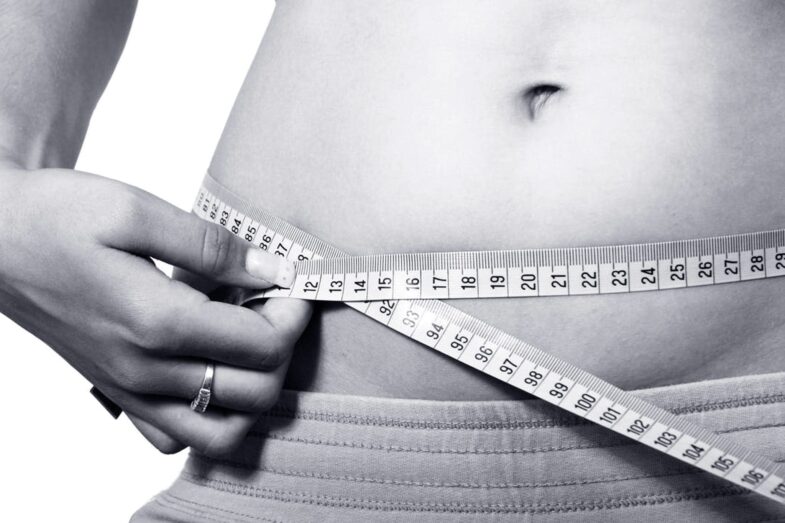
Source: isavera.com
Fat cells are more vulnerable to cold temperatures than other types of cells in the body. When cells are exposed to cold temperatures, they undergo a process called apoptosis, or programmed cell death. This causes the cells to break down and be eliminated from the body through natural processes.
The Fat Freezing Procedure
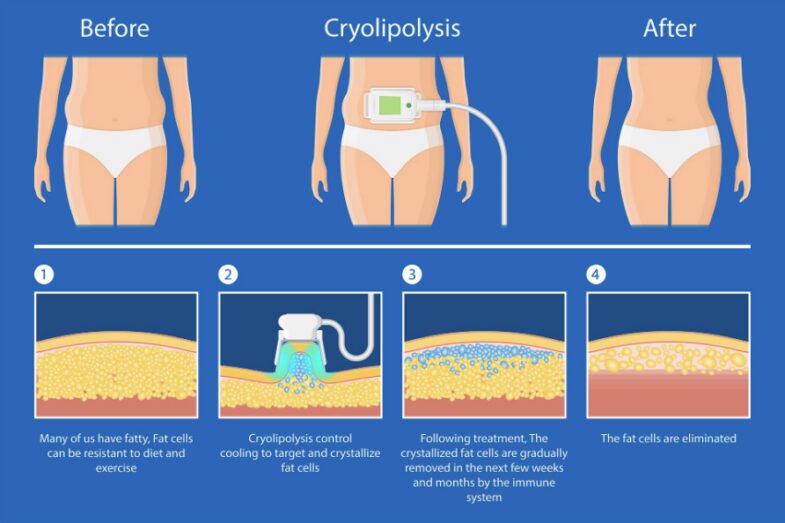
Source: kyraliposuction.com
During a fat freezing procedure, a device is placed on the skin in the targeted area, which uses suction to pull the adipose tissue into a chamber where it is then exposed to cold temperatures. The temperature is carefully controlled to ensure that the cells are destroyed, while the surrounding tissue remains unharmed.
The overweight-cooling procedure typically takes around one hour per treatment area, depending on the size of the area being treated. Most patients report only mild discomfort during the procedure, which is often described as a pulling or tugging sensation.
Results and Recovery
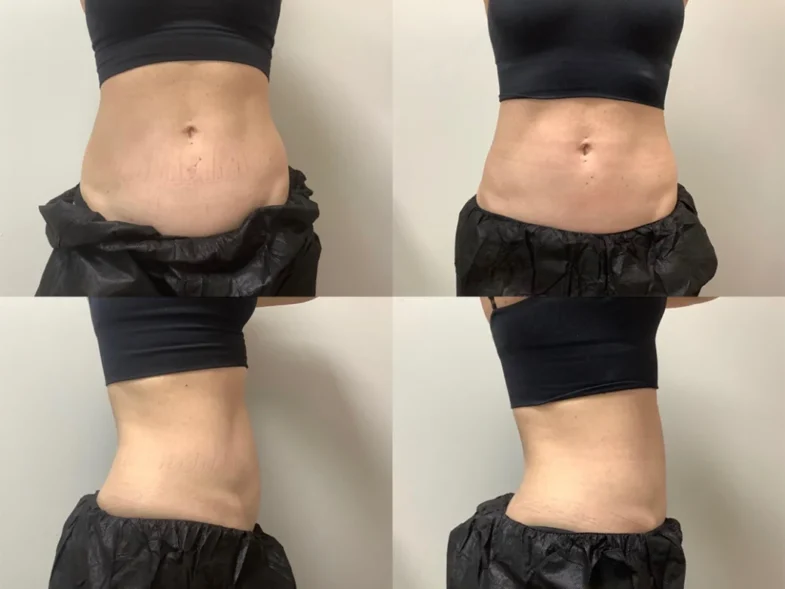
Source: aedit.com
After the plump-cooling procedure, patients may experience minor swelling, redness, or bruising in the treated area. These symptoms typically resolve within a few days, and most patients can resume their normal activities immediately after the procedure.
Results from overweight cooling are not immediate, as it takes time for the body to eliminate the destroyed cells. Most patients begin to see noticeable results within two to four months after the procedure. In some cases, multiple treatments may be necessary to achieve the desired results.
Is Fat Freezing Right for You?
Fat freezing is not a weight loss treatment and is not a substitute for a healthy diet and regular exercise. However, it can be an effective way to remove stubborn pockets in targeted areas of the body. If you are considering cooling, it is important to consult with a qualified cosmetic surgeon or practitioner to determine whether this procedure is right for you.
Myth: This is a Substitute for Diet and Exercise

Source: fitterfly.com
One of the biggest myths surrounding fat freezing is that it can be used as a substitute for a healthy diet and regular exercise. While chubby cooling can help to remove stubborn pockets that are resistant to diet and exercise, it is not a replacement for an overall healthy lifestyle. It is recommended that patients continue to maintain a healthy diet and exercise routine after undergoing plump cooling to achieve the best results.
Myth: Fat Freezing is Painful
One of the most common myths about fat freezing, also known as cryolipolysis, is that the procedure is painful. However, this is not entirely true. While some patients may experience discomfort during the treatment, most describe it as a mild pulling or tugging sensation. In this part, we will explore the truth behind the myth that plump freezing is a painful procedure.
What to Expect During a Fat Freezing Treatment
Before the plump freezing treatment begins, a gel pad is placed on the skin to protect it from the cold temperature. The overweight-cool device is then placed on the treatment area, and suction is applied to pull the adipose tissue into the device. Patients typically experience a sensation of pulling or tugging as the device begins to cool the targeted area.
After the treatment, patients may experience some minor swelling, redness, or bruising in the treated area. These symptoms typically resolve within a few days, and most patients can resume their normal activities immediately after the procedure.
Real Results: What Research Shows
Fat freezing, also known as cryolipolysis, has become an increasingly popular cosmetic treatment for reducing stubborn pockets in targeted areas of the body. But what does the research say about its effectiveness?
Research Studies on Fat Freezing
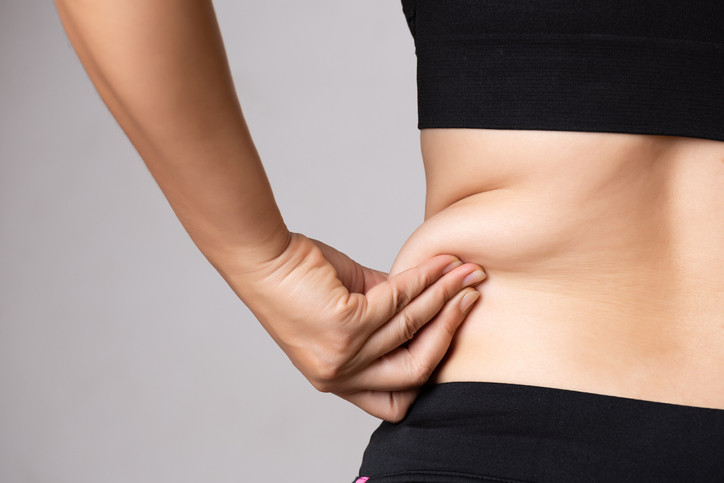
Source: health.harvard.edu
Numerous studies have been conducted to assess its effectiveness as a cosmetic treatment. One study published in the Journal of Cosmetic Dermatology found that patients who underwent a single overweight-chilly treatment experienced an average reduction in overweight thickness of 22.4% in the treated area. Another study published in the Journal of Clinical, Cosmetic, and Investigational Dermatology found that patients experienced an average reduction in abdominal blubber of 19.55% after just one treatment.
Long-Term Results
Research has also shown that the effects can last for several years after the initial treatment. One study published in the Journal of Cosmetic Dermatology followed patients for up to nine years after their fat-cool treatment and found that the majority of patients maintained a significant reduction in plump thickness in the treated area.
Patient Satisfaction

Source: theprivateclinic.co.uk
In addition to the scientific research on effectiveness, patient satisfaction is also an important factor to consider. A survey of patients who underwent plump freezing found that 82% reported being satisfied with their results, and 73% said they would recommend the procedure to others.
Conclusion
Fat freezing can be an effective way to remove stubborn pockets in targeted areas of the body. While it is not a substitute for a healthy diet and regular exercise, it can be a useful tool for achieving a more sculpted appearance. By separating fact from fiction and understanding how overweight cooling works, patients can make informed decisions about whether this procedure is right for them.

